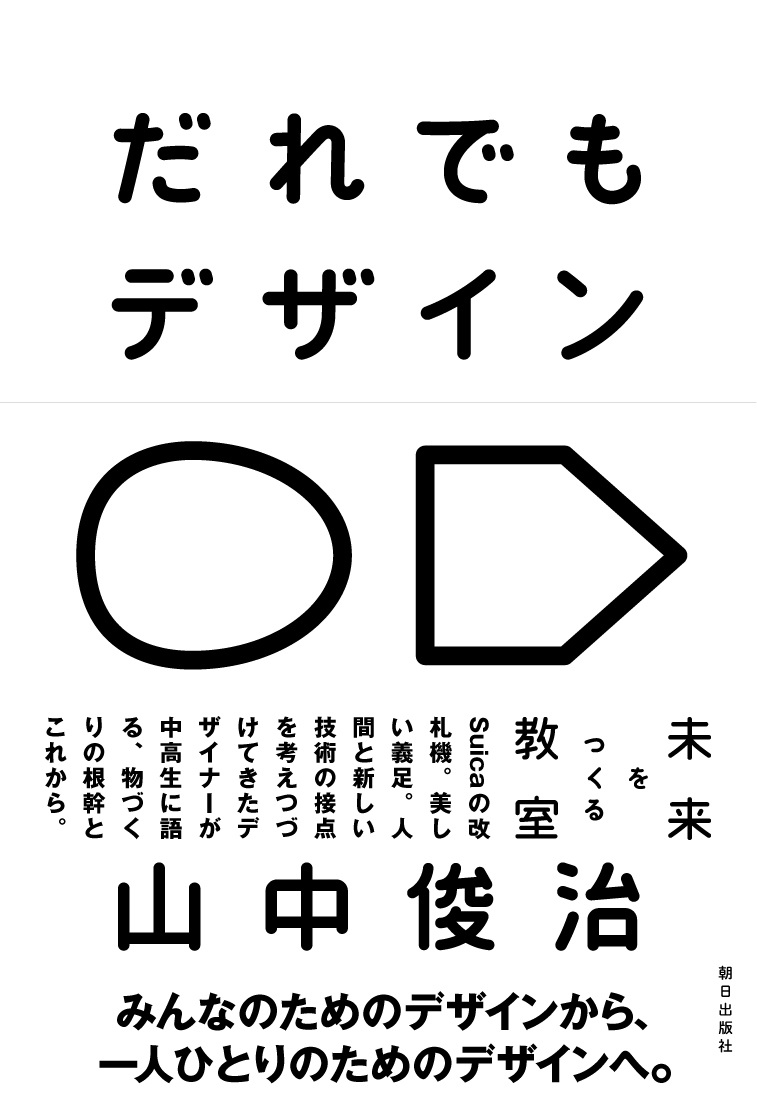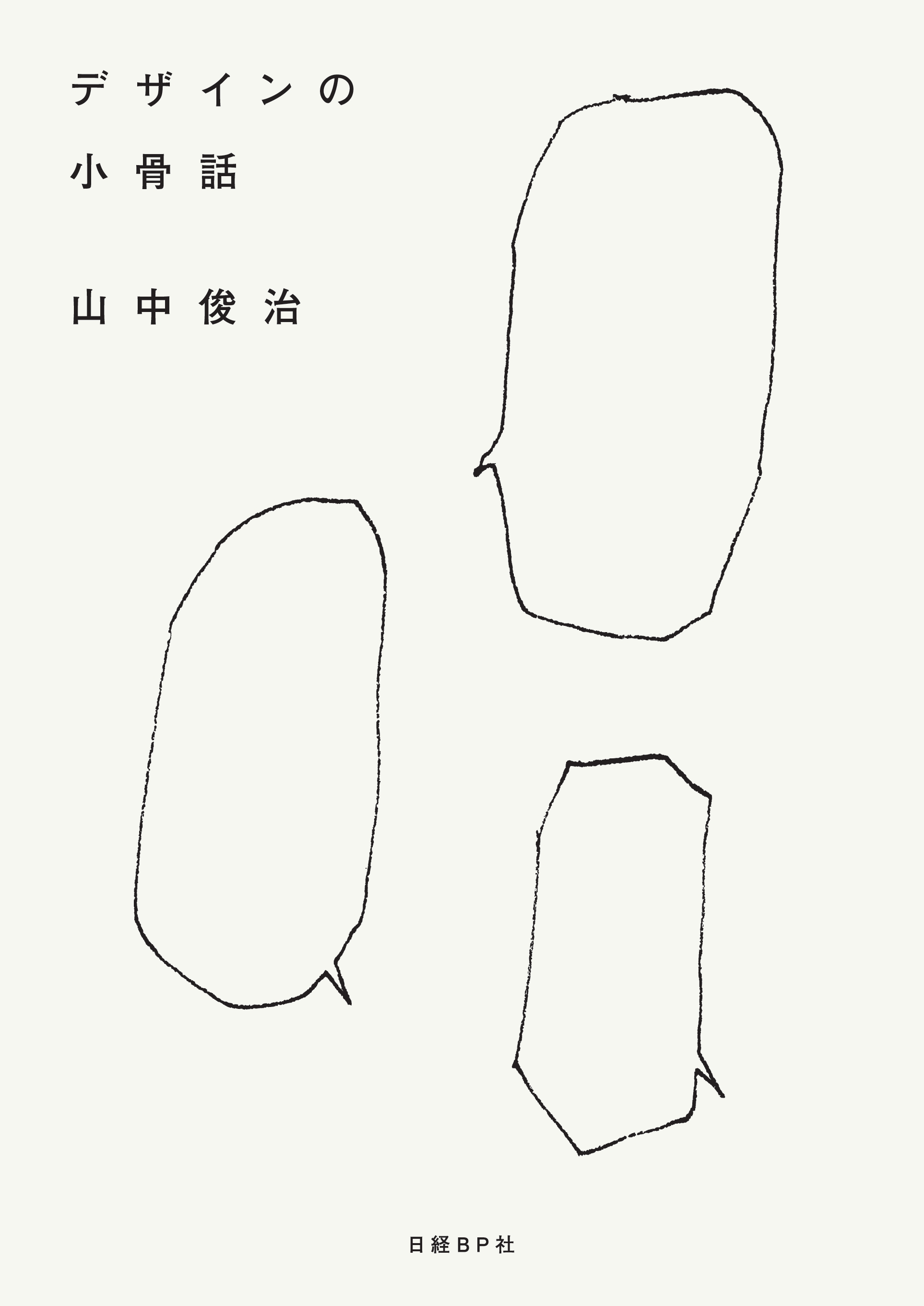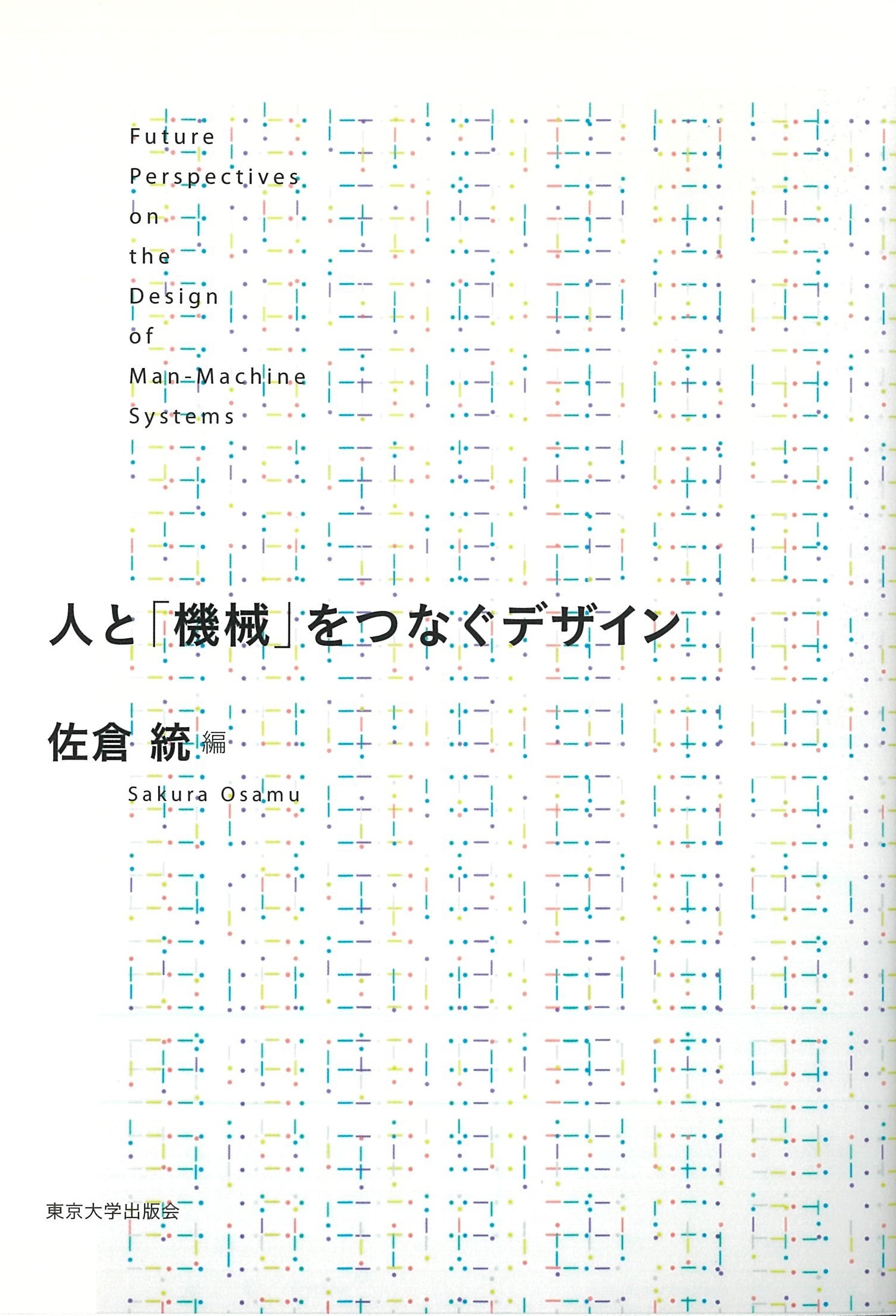
Title
Daredemo Design (Anybody can design - Classroom for creating the future)
Size
360 pages, 127x188mm
Language
Japanese
Released
November 27, 2021
ISBN
9784255012551
Published by
Asahi Press
Book Info
See Book Availability at Library
Japanese Page
This book is a compilation of four days of special classes that I, a product designer, gave to high school students in 2017. The goal I set for the high school students who had gathered from various parts of the Kanto region was to “learn from ordinary things and to create something new.” This teaching is part of the core methodology that I have practiced myself while engaging in various manufacturing activities as a designer, and I have continued to convey this concept to my students in recent years as a university professor.
The lessons were structured around exercises, interspersed with occasional lectures.
1) Learn sketching as a language
Sketching is a method of observation, a tool for thinking, and a technique for communicating to other people. This is more like a science and language class than an art class. I teach concepts like “drawing the structure instead of the outline.” What is important is to clear up the misconception that “painting is something you draw with talent.”
2) Observational sketches
I have students take apart several everyday objects, sketch them, and ask them to guess why the people who made those products made them that way. At the same time, they learn that sketching is a very useful “method for observation.”
3) Ideation
The students practice “how to encounter good ideas.” As part of group work, students quickly repeat the work cycle of “spreading the wings of imagination → drawing a simple sketch → having lively talks about it → adding sketches → talking about it.” In particular, students learn to value weak signals such as “I’m curious about this” or “I’m drawn to this for some reason.”
4) Prototyping
The students give shape to their ideas with simple materials such as cardboard and wire. This is the practice of what designers call Lo-Fi prototyping. They learn to “think while moving their hands.”
5) Presentation
Turning an idea into reality requires convincing many people. A logical explanation is important, but an impressive communication method is also an important skill.
A feature of this workshop is that there is no clear goal. The concept of “exploring with curiosity and spreading the wings of imagination without being bound by existing frameworks” is at the core of not just design but also the creative process.
In the lectures, I talk about the definition of modern design based on historical changes in the meaning of the word “design”; the relationship between art, science, and design; and the relationship between design and manufacturing technology. Additionally, I introduce in detail the design process of various products that I have designed myself. From examples of development such as the experiments that led to the commercialization of Suica automatic ticket gates, the ingenuity of the grating tool for radish that won the Good Design Gold Award, a whole-body counter exclusively for infants that was quickly developed to measure the internal exposure of children in Fukushima after the earthquake disaster, a mysterious robot that extracts lifelike movements, and high-performance and aesthetically pleasing prosthetic legs for Paralympic athletes, one can gain a bird’s eye view of my methodology, which is always directed toward design at the interaction between advanced technology and people.
This book may at first glance appear to be an introductory book on design, but it is a book that clearly conveys a more universal method of “creating the future with ideas.”
(Written by YAMANAKA Shunji, University Professor and Professor, Institute of Industrial Science / 2023)
Related Info
JAPAN HOUSE|INTERVIEW|Shunji Yamanaka (English) (Japan House | YouTube March 28, 2019)
https://www.youtube.com/watch?v=P8-0uM7qBjw&t=7s



 Find a book
Find a book



